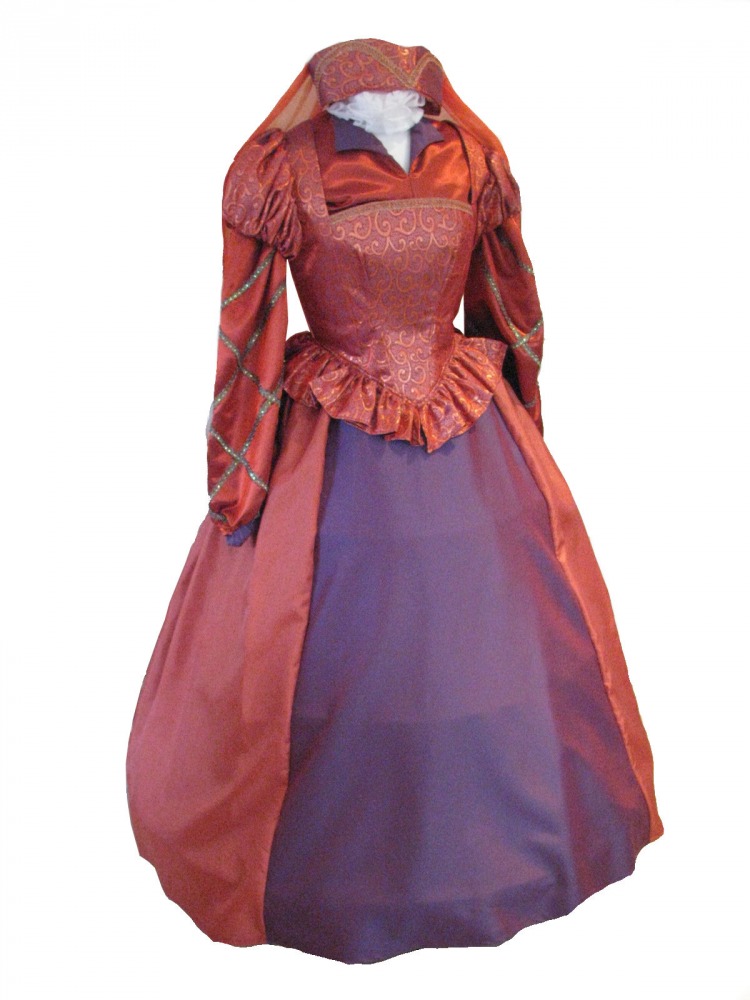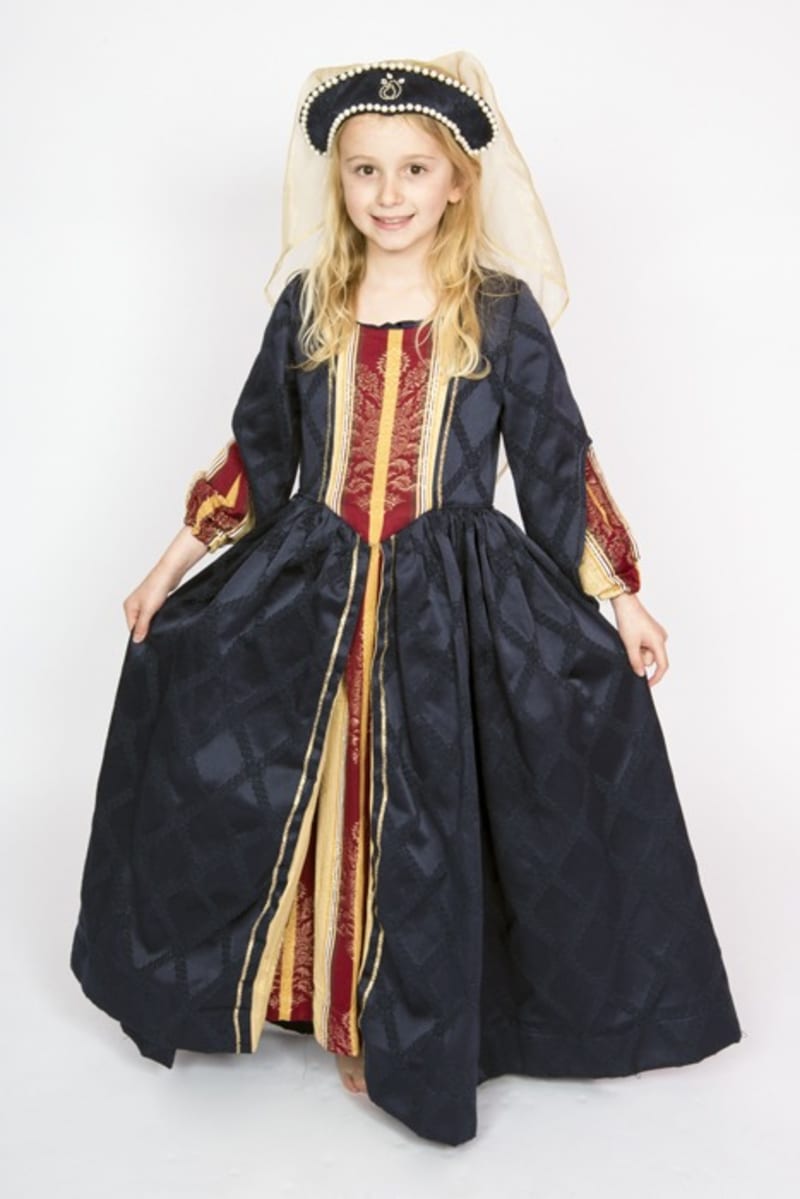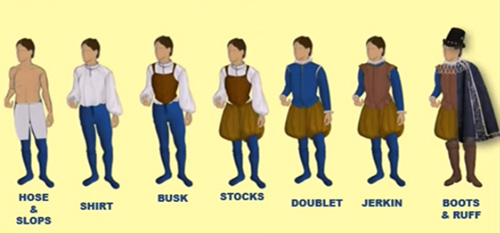The Elizabethan era, named after Queen Elizabeth I who ruled from 1558 to 1603, was a time of great cultural flourishing and artistic innovation in England. It was also a time of great fashion and style, with the Elizabethan outfit serving as a key aspect of this cultural legacy.
During the Elizabethan era, the clothing worn by both men and women was highly elaborate and ornate, reflecting the high social status and wealth of the wearer. The Elizabethan outfit was characterized by its use of rich, luxurious fabrics such as velvet, silk, and satin, as well as its intricate detailing and embellishments.
For men, the Elizabethan outfit typically consisted of a doublet (a fitted jacket), a shirt, breeches, and hose (tights). The doublet was a key element of the Elizabethan outfit, and was often adorned with intricate embroidery, gold or silver thread, and other decorative details. The breeches were tight-fitting and often made of a contrasting fabric to the doublet, while the hose were worn to cover the legs and were typically made of a contrasting color to the breeches.
Women's Elizabethan outfits were equally elaborate and consisted of a variety of layers and garments. A typical Elizabethan outfit for a woman might include a chemise (a full-length underdress), a corset, a farthingale (a cage-like structure worn under the skirts to support the skirt), a gown (a full-length dress), and a ruff (a collar made of pleated or frilled fabric). The gowns worn by Elizabethan women were often highly decorative, with intricate embroidery, beading, and other embellishments.
In addition to these core elements of the Elizabethan outfit, both men and women also often wore various accessories such as hats, gloves, and jewelry. These accessories were also often highly ornate and decorated, and were used to further display the wealth and status of the wearer.
Overall, the Elizabethan outfit was a key aspect of the culture and style of the Elizabethan era, and continues to be remembered and celebrated as an important part of English fashion history.









